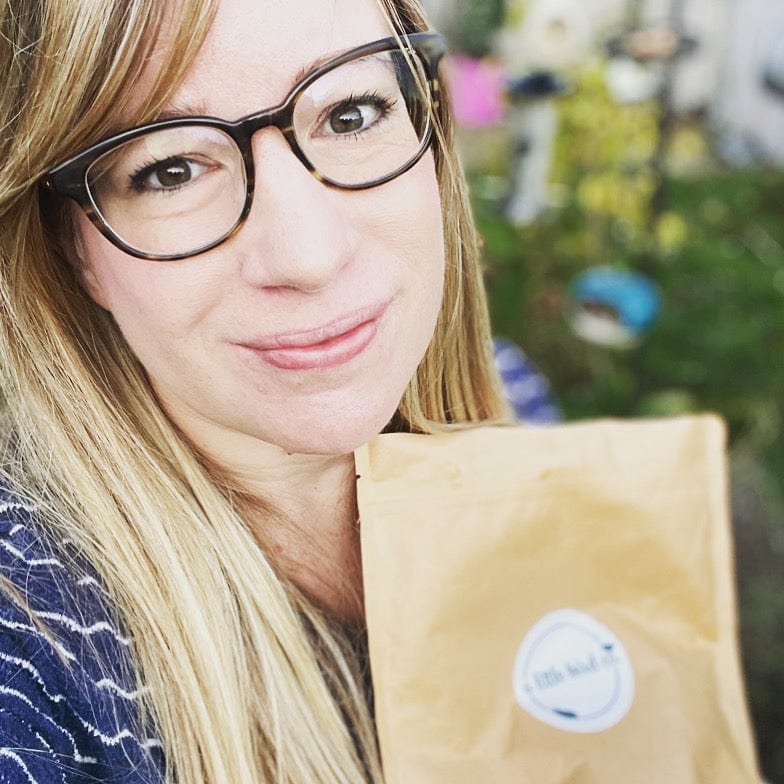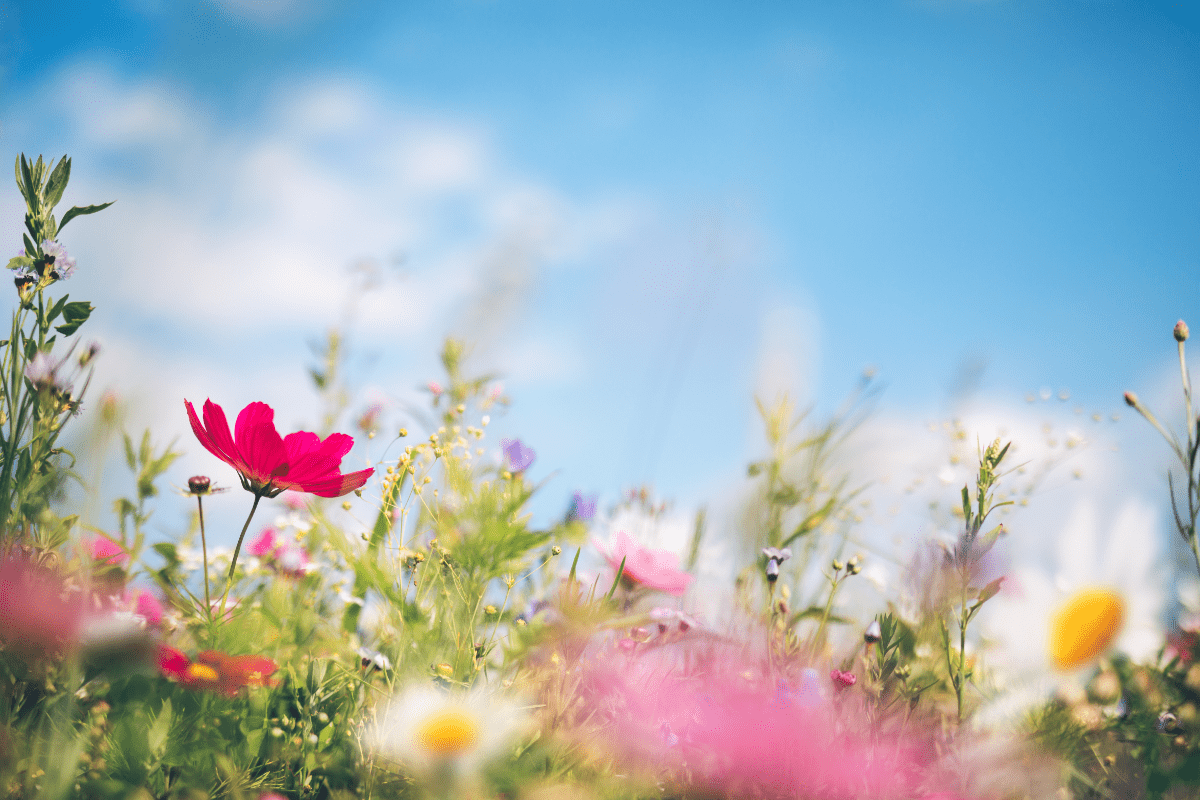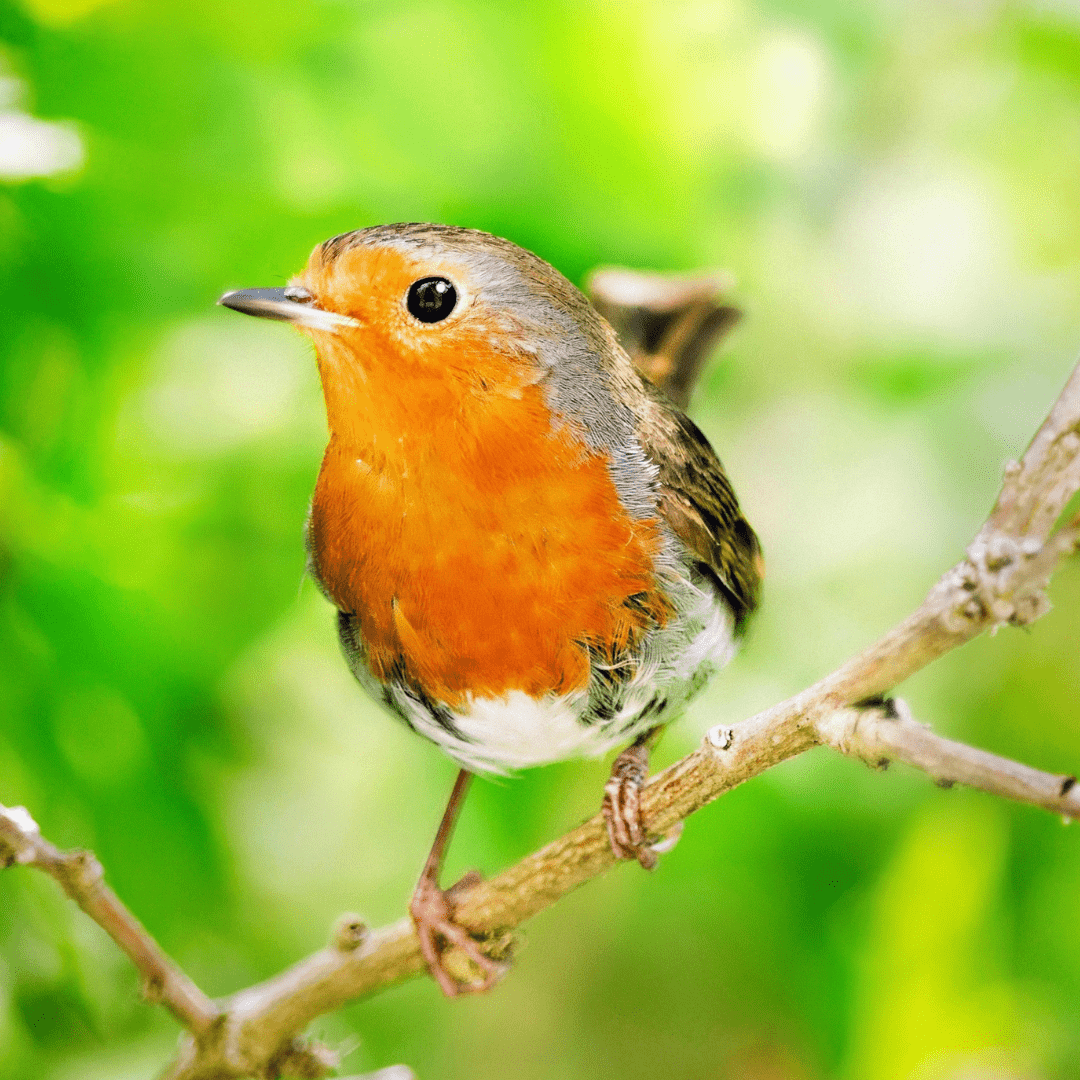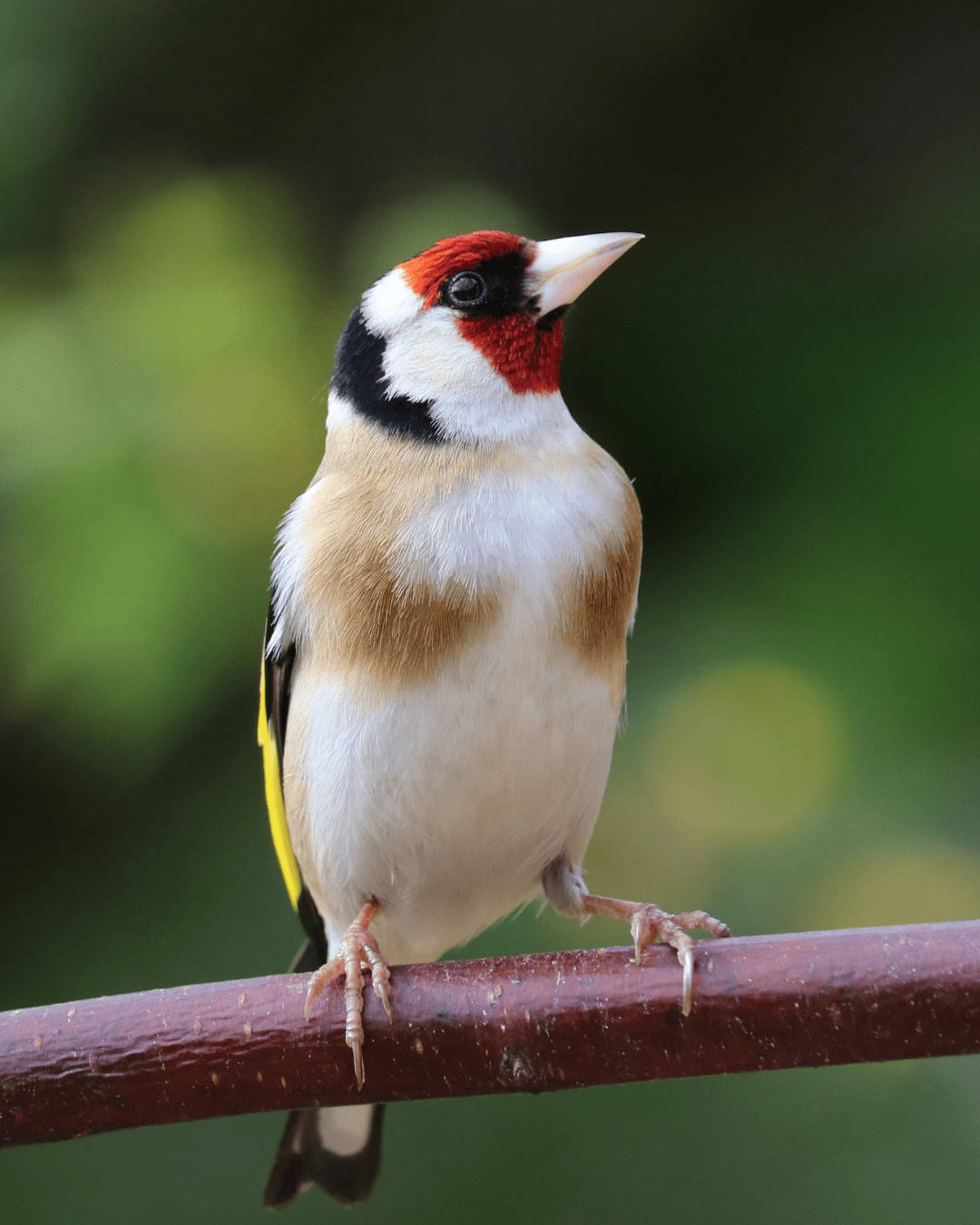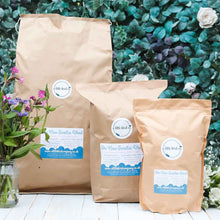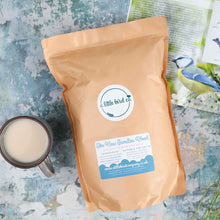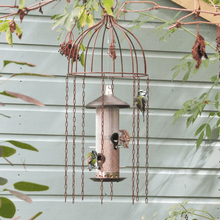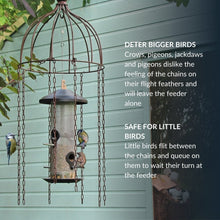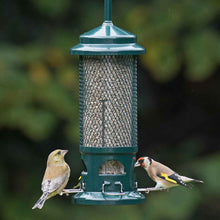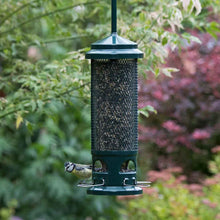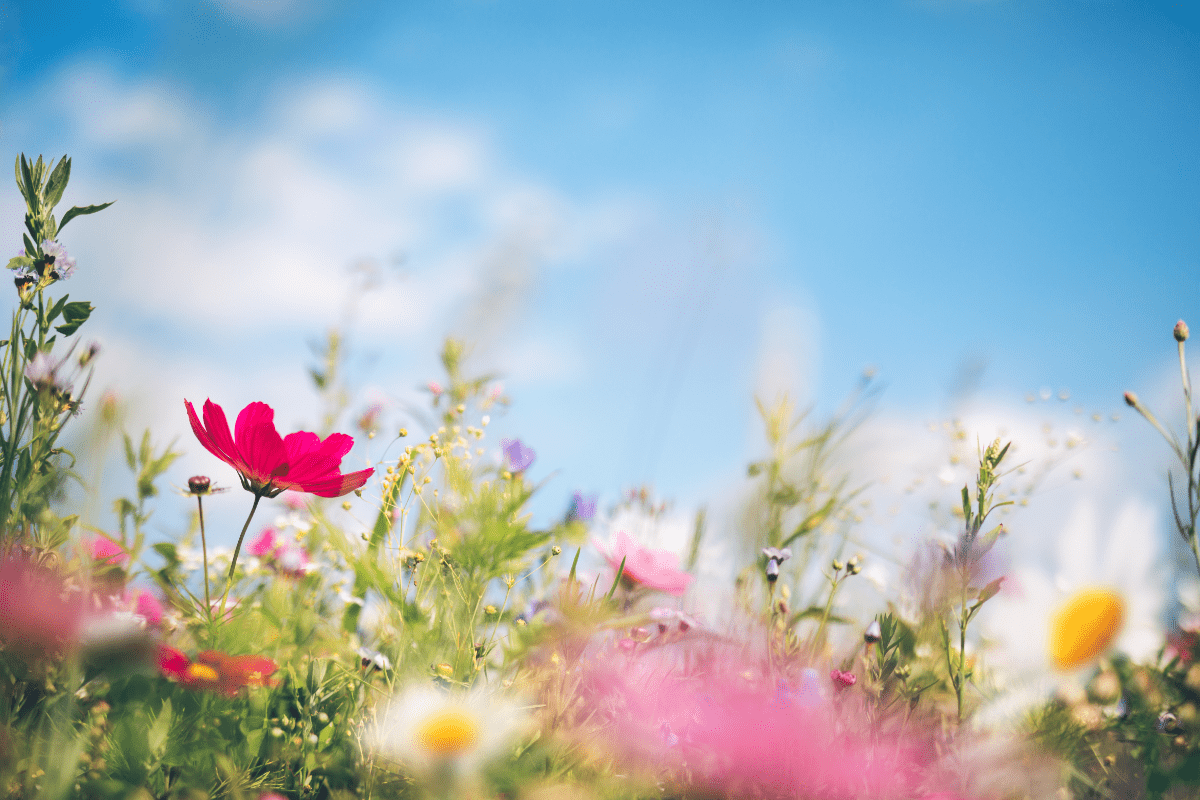5 ways to get ready for Autumn and Winter

In ancient times, people feared the shortening days, worrying that one day we would be left with no daylight at all, and some of that fear of the darkness lingers on. As the nights draw in and the weather gets colder we come inside to be together, traditionally taking some time to reflect on the past and look ahead to the coming year.
Whether it’s lighting a fire or scented candle, potting up some fragrant herbs indoors, listening to some music, reading a book or cooking a special, winter-time meal, there are so many ways to enjoy the colder weather. Here are five suggestions to help you get ready for the colder weather.
Get outside to enjoy the changes in nature
The first way to prepare for autumn and winter is to get outside and notice the changes in the season. As they say in Scandinavia, “There’s no such thing as bad weather, only bad clothing choices.” In countries where the weather is less mild than in the UK, they embrace the outdoors all year round, regardless of the chill. When you head out, keep an eye out for the colours of leaves turning, the first frost glistening on grass, and squirrels gathering acorns or nuts for winter. You might also spot birds like redwings and fieldfares arriving from colder regions, while fungi emerge after damp spells. Plus, as you go out to fill your bird feeder, you’ll not only be helping local wildlife but also connecting with the changing landscape around you. It’s a perfect way to witness the seasonal shifts as they happen day by day.
Enjoy a good book
You can connect with wildlife in all sorts of ways, one of which is through a good book. I love reading about trees, birds and wildlife, and really enjoyed Forget-Me-Not by Sophie Pavelle. Sophie is a scientist, presenter and ambassador, and she committed herself to a low carbon tour of the UK to seek out ten rare native species that are at risk of extinction before the end of the century. This is a book that could feel worthy and worrying but comes across as heart-felt and hilarious - it is written as a compassionate, geeky fan-letter to our important British wildlife. I learned more from reading this book than I have from some of the most worthy natural history texts, and came away feeling completely passionate about protecting our wildlife. It’s an open, truthful and hopeful book and would make a brilliant gift.
Cuddle up with a warm drink
There's nothing better than warming up after time outside with a hot drink and your book - why not try a hot chocolate or a mulled wine? For hot chocolate treat, mix 25g of dark chocolate chips with 2 teaspoons of cocoa powder, 2 teaspoons of sugar and 125ml of milk (or dairy free alternative). Heat in a saucepan, stirring occasionally until the sugar and chocolate have melted. I love mulled wine, and it's a great treat for a cold evening. In a saucepan, mix the juice of a clementine and lemon, 3 cloves, 100g of sugar, a cinnamon stick and just enough wine to cover. Boil to create a rich syrup before stirring in the rest of the wine and 2 star anise. Gently heat for around 5 minutes before ladling into glasses to serve.
Try a seasonal craft
Autumn is the perfect time to try your hand at seasonal crafts and embrace the beautiful changes around you. You could start by collecting pinecones and foliage during your outdoor walks or when you're pruning in the garden. These natural materials can be transformed into stunning wreaths, centrepieces, or garlands. You could try making bird feeders from pinecones or recycled materials, which will not only brighten your space but also support local wildlife. If you have kids, engage them in creating handmade cards or decorations to send to friends and family, spreading autumn cheer. Crafting is a wonderful way to unwind, reflect, and prepare for the festive seasons ahead, all while adding a personal touch to your home.
Get the garden ready
As the seasons shift, preparing your garden for autumn and winter is essential to ensure it thrives even in the colder months. Start by clearing away any dead plants and debris, which can attract pests and diseases. Don't forget to leave some stems in place to encourage hibernating invertebrates. Adding mulch to your flower beds not only protects the soil but also helps retain moisture, ensuring your plants have the best chance of survival during harsh weather. One of the best ways to support wildlife during this transition is by creating a woodpile. Dead and decaying wood is a vital habitat for many creatures, including bats, stag beetles, and hedgehogs. To make a woodpile, take a few longer logs and bury them partially in the ground to help them soak up moisture. Then, stack logs, bark, and untreated wood around this base, ensuring it’s not too tall to maintain the necessary dampness. Leaving this area undisturbed is crucial, as many insects rely on the decaying wood for their lifecycle, while birds like blackbirds and robins will find great nesting opportunities in the pile.
Additionally, consider planting some native shrubs or hedging plants. A hawthorn, for instance, can grow into a lovely tree or be pruned into a smaller shrub, providing excellent nesting sites for birds and producing berries that many species enjoy. In spring, the hawthorn will bloom with beautiful white flowers, making it a stunning addition to your garden. You can also plant some narcissus and tulip bulbs and look ahead to spring.
Winter is traditionally a time to reflect on the year that has gone, let go of the past and plan ahead for the future. Whether that’s making intentions for the new year or planning out your spring garden, it is always good to reset and renew. I hope you find some time to enjoy easing into winter this year.

